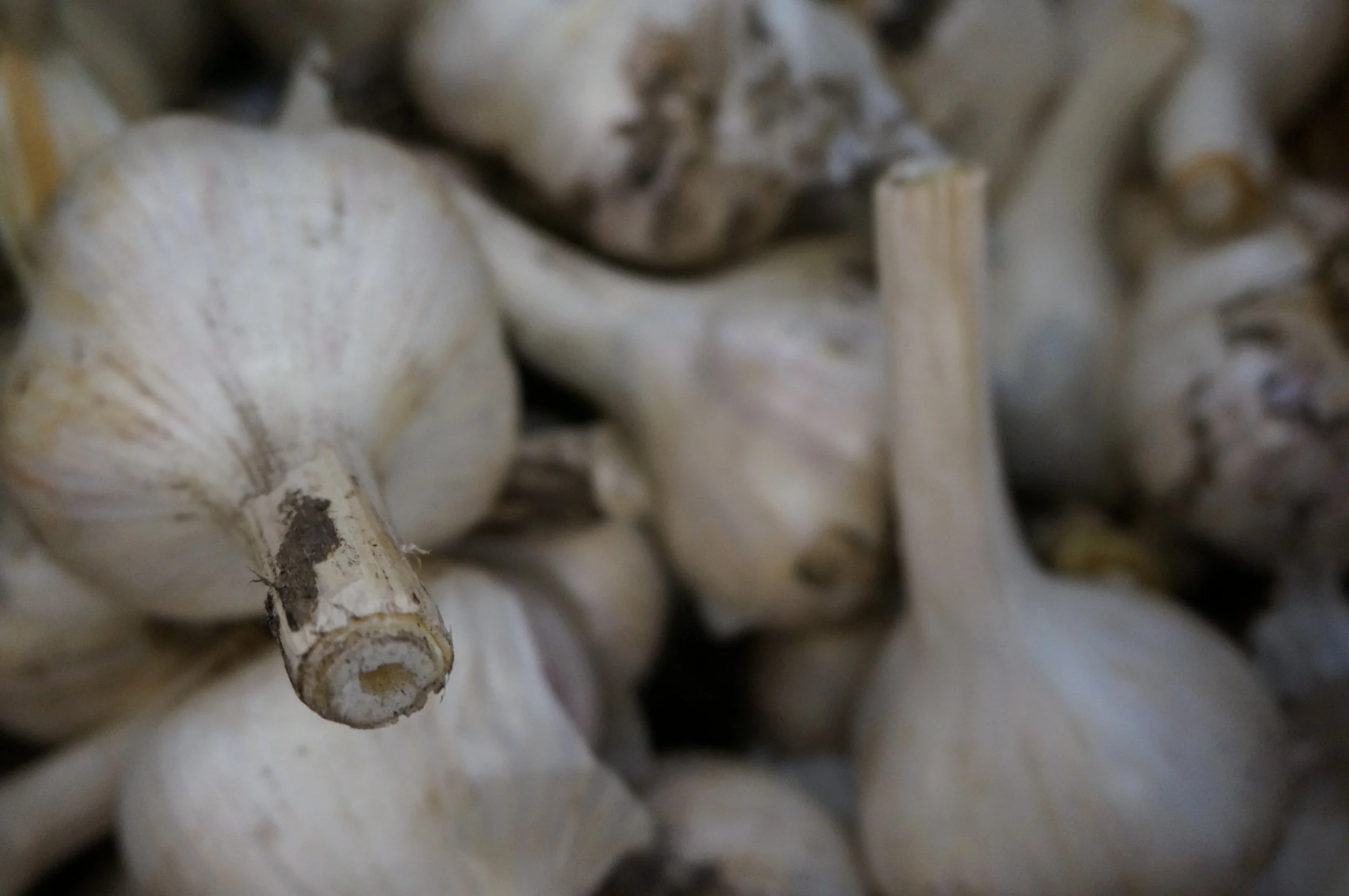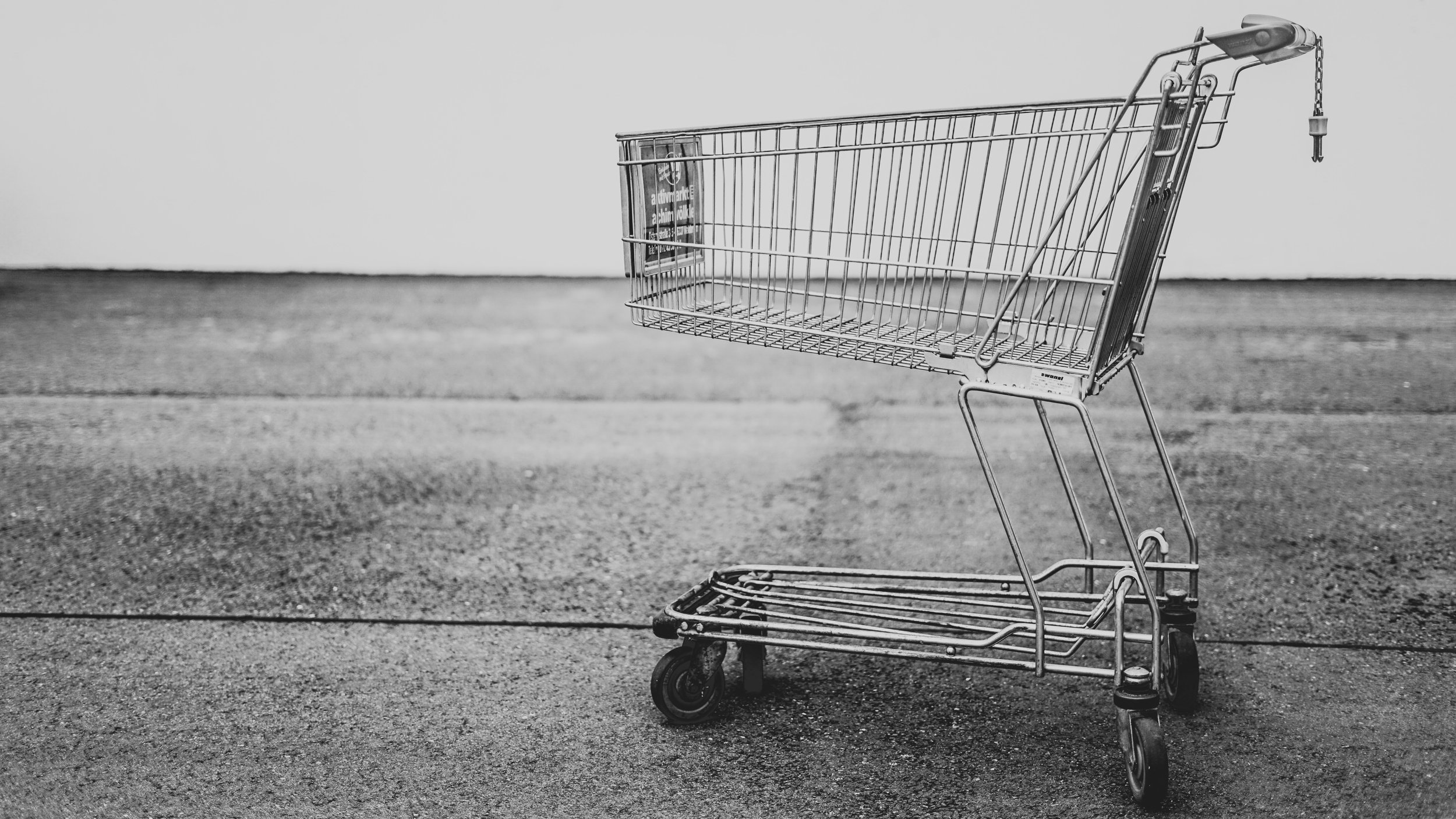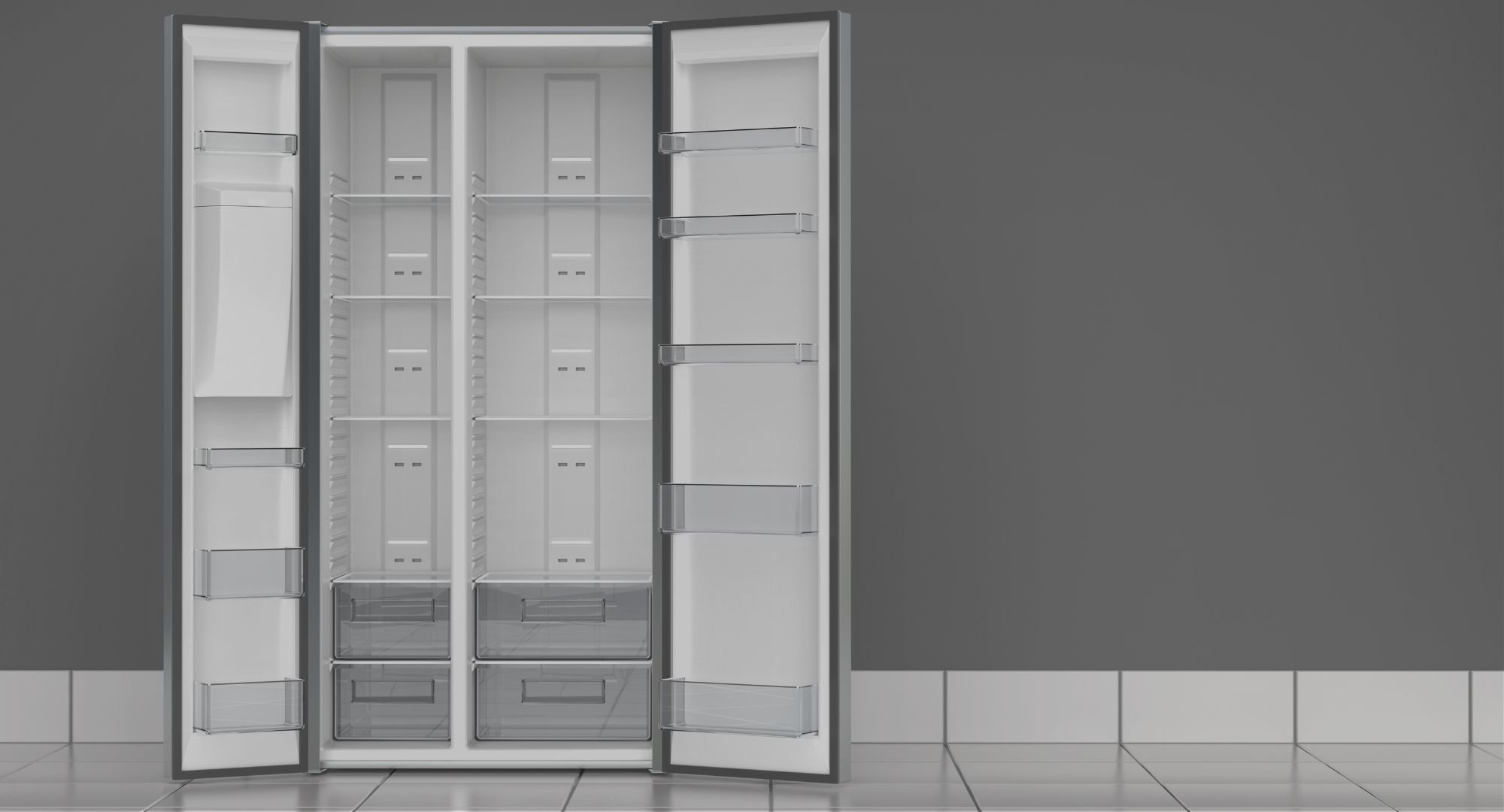Canada is facing some huge challenges to the right to food. We’re in the middle of a food price and food insecurity crisis, a climate crisis, and a trade war, to name a few.
With the Canadian federal election campaign well underway, we’re eager to hear new policy ideas that address these challenges. Advancing the right to food will require decisive action by the federal government. While provinces and cities have important roles to play, we need federal leadership.



















